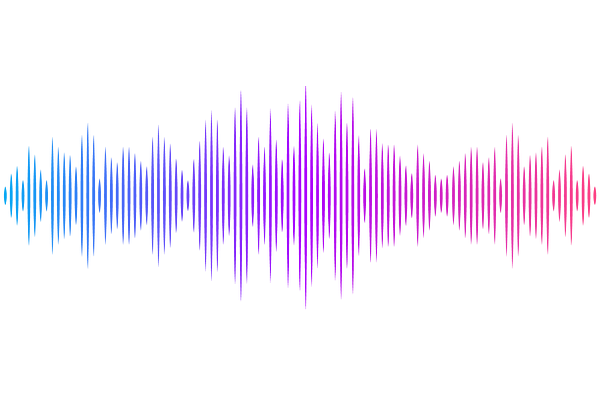Pulmonary macrophage subsets display distinct metabolic responses to polarising stimuli in vivo

Pulmonary macrophage subsets display distinct metabolic responses to polarising stimuli in vivo
Hughes, J. J.; Colombo, S. A.; Booty, L.; Ridley, A. J.; Harrop, B. J.; Mallet, G.; Argüello, R. J.; Phythian-Adams, A.; MacDonald, A. S.
AbstractMacrophage activation is underpinned by metabolic changes required to fight infection, resolve inflammation and enable effective wound healing. While metabolic control of macrophage activation is increasingly understood in culture systems in vitro, it remains poorly understood in more complex in vivo settings, like the lung. Here we applied novel flow cytometry based immunometabolic techniques to profile immune cell metabolism in the murine lung. We revealed a surprising role for glucose in naive alveolar macrophages (AMs) that was retained by AMs polarised in vivo with either interleukin-4 (IL-4) or lipopolysaccharide (LPS). We identified that naive interstitial macrophages (IMs) were dependent on mitochondrial and glucose metabolism, IMs polarised with IL-4 failed to induce metabolic alterations but displayed a glycolytic phenotype following LPS exposure as they adopted an "M1" like metabolic profile. We also demonstrated that AMs were metabolically less responsive than IMs to intranasal delivery of LPS, but upregulated glycolysis and metabolic features of "M2" polarisation (defined in vitro) in response to intranasal IL-4, including oxidative phosphorylation (OXPHOS), fatty acid oxidation (FAO) and arginine metabolism. Finally, we identified AM M2 polarisation as highly sensitive to glucose inhibition ex vivo. Thus, lung macrophage subsets display distinct metabolic responses to polarising stimuli in vivo.